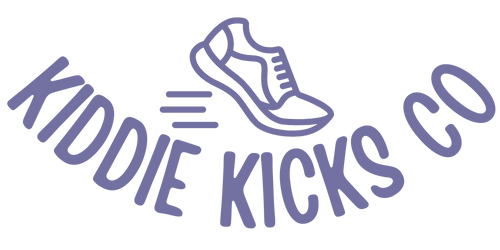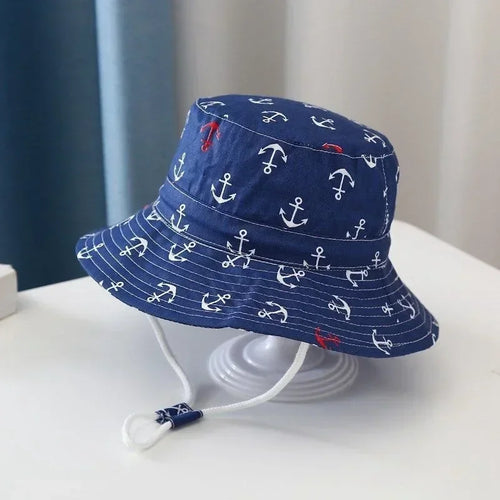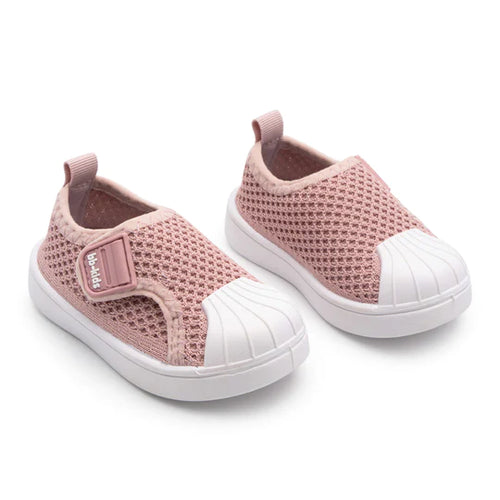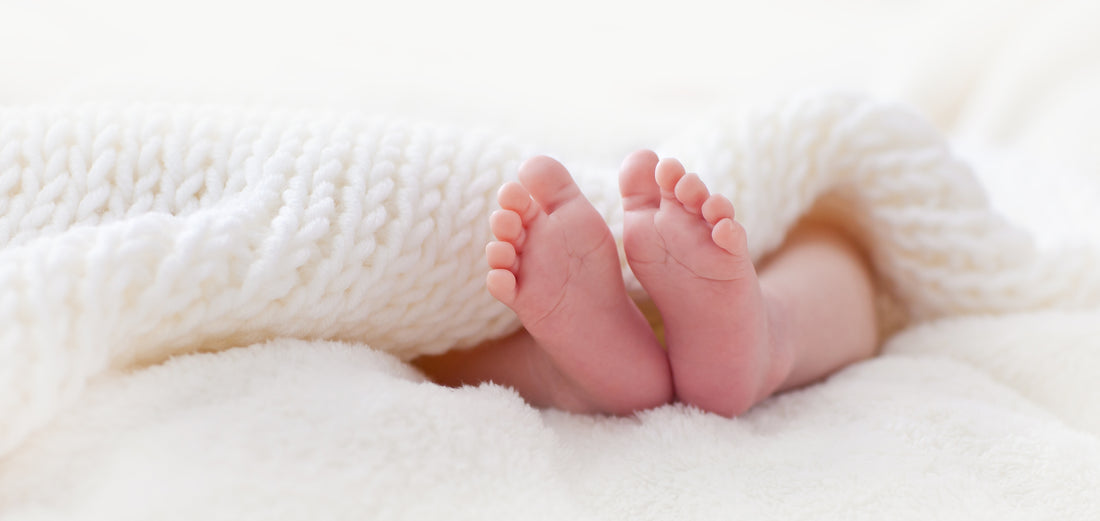Understanding Infant Foot Development: Setting the Foundation Right
When you hold your little one's foot in your hands, it’s soft, delicate, and oh-so-tiny. It's hard to believe that these little feet will one day take big strides into the world. For mothers, especially first-time moms, understanding infant foot development becomes crucial. Not just for those adorable baby milestones but also to ensure their child’s feet develop correctly.
The Intricacies of Infant Feet
Infants' feet are unique. Unlike adult feet, which are developed and strong, a baby’s foot is soft and pliable. This is because they're primarily made up of cartilage, which gradually ossifies to become bone as they grow. By the age of 18, most of these bones are fully formed.
The structure of infant feet in the initial months and years plays a pivotal role in their ability to walk, run, and play in the later stages. And guess what plays a significant role in this? The right footwear.
The Need to Buy Infant Shoes Tailored for Development
Moms often find themselves in a dilemma - "When is the right time to buy infant shoes?" The answer lies in understanding the growth phases. In the early stages, babies don't need shoes. Soft socks or booties are adequate to keep their feet warm. However, as soon as they show signs of taking their first steps, it's essential to invest in the best shoes for infants.
When looking for the perfect pair, consider the shoe's flexibility, which should mimic the natural movement of the foot. This ensures that the muscles and bones develop without restrictions.
The Critical Phases of Development
-
The Pre-walking Phase: During this phase, babies often crawl or shuffle. Soft, breathable shoes or even staying barefoot indoors is recommended.
-
The Early Walking Phase: As babies start to walk, they need shoes that offer more grip and protection, especially if they're walking outdoors.
-
The Established Walking Phase: When toddlers walk more confidently, they require shoes that support their feet's arch and heel.
Little Wanderers and their Ever-Evolving Feet
Moms across the UK and USA often refer to their toddlers as their Little Wanderers, and rightly so. These wanderers are curious, adventurous, and ever-ready to explore their surroundings. Their feet undergo rapid changes during the first few years, and the footwear needs to accommodate these changes.
Did you know that by the age of one, a child’s foot can grow up to half its adult size? That’s why it becomes even more essential to regularly check the size and fit of their shoes.
What Moms Should Look Out For
-
Arch Development: A flat foot in babies and toddlers is typical. The arch starts to develop around the age of three. Shoes should be flexible to aid this development.
-
Toe Position: Babies tend to have a padding of baby fat under their feet, making the toes appear spread out. This changes as they grow.
-
Ankle Strength: Look out for shoes that provide good ankle support, especially during the early walking phase.
A Word to the Wise
Moms, especially those in the vibrant age of 20-35, are always looking to make informed decisions for their kids. Whether in the UK or the USA, the sentiment remains the same: to give the best to our children. Footwear is not just about style; it’s about health, growth, and ensuring your Little Wanderer has a strong foundation.
While there's an ocean of information out there, not everything you hear or read might be right for your baby. Always rely on trusted sources, be it your pediatrician, orthopedic specialist, or credible baby footwear brands.
Ready to dive deeper? For more insights, download our comprehensive guide and make sure you’re setting the right foot forward in your child’s foot health journey.
Note: This blog post aims to provide general advice and information. Always consult with a healthcare professional or specialist when making decisions related to your child's health and development.




